When to remove a rubber band from grafted plants
Robert (zone 7a, Oklahoma)
11 years ago
Featured Answer
Sort by:Oldest
Comments (13)
mksmth zone 7a Tulsa Oklahoma
11 years agolast modified: 9 years agoLoveplants2 8b Virginia Beach, Virginia
11 years agolast modified: 9 years agoRelated Professionals
Danbury Landscape Architects & Landscape Designers · Mountain Brook Landscape Architects & Landscape Designers · Edmond Landscape Contractors · Berwyn Landscape Contractors · Gresham Landscape Contractors · Pompton Lakes Landscape Contractors · Richmond Landscape Contractors · Streamwood Landscape Contractors · Yukon Landscape Contractors · Norridge Landscape Contractors · Oregon City Siding & Exteriors · Rockville Siding & Exteriors · South Barrington Siding & Exteriors · Clearfield Siding & Exteriors · North Richland Hills Siding & ExteriorsRobert (zone 7a, Oklahoma)
11 years agolast modified: 9 years agocitizen_insane
11 years agolast modified: 9 years agorox146
11 years agolast modified: 9 years agoRobert (zone 7a, Oklahoma)
11 years agolast modified: 9 years agomksmth zone 7a Tulsa Oklahoma
11 years agolast modified: 9 years agoMrFrangi
11 years agolast modified: 9 years agowally_1936
11 years agolast modified: 9 years agocitizen_insane
11 years agolast modified: 9 years agomurphy9999
8 years agoNicholas Moen
8 years ago
Related Stories
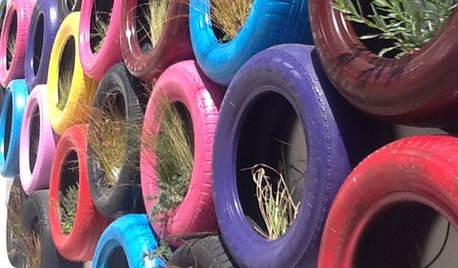
SALVAGECan We Bounce Some Great Recycled-Rubber Ideas Off You?
No need to bemoan that spare tire. Old rubber is getting a guilt-free second life as flooring, pavers, sinks and even furniture
Full Story
CONTRACTOR TIPSBuilding Permits: When a Permit Is Required and When It's Not
In this article, the first in a series exploring permit processes and requirements, learn why and when you might need one
Full Story
DECORATING GUIDESBudget Decorator: How to Save When You Don’t DIY
You don’t have to be crafty to decorate your home inexpensively. Here are other ways to stretch your design dollars
Full Story
HEALTHY HOME6 Tips From a Nearly Zero-Waste Home
Lower your trash output and increase your quality of life with these ideas from a mom who did it to the max
Full Story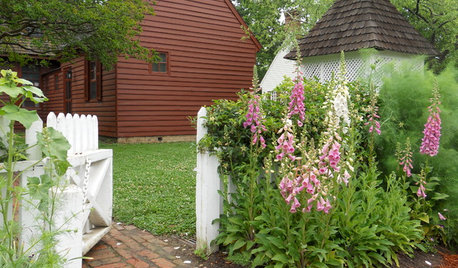
INSPIRING GARDENSSpring Garden Ideas From Colonial Williamsburg
Discover old-time resourcefulness — how gardeners worked the land, used local materials and more — to apply to your landscape today
Full Story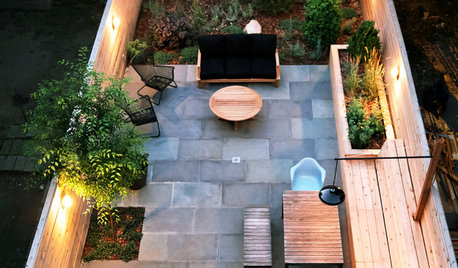
MOST POPULAR16 Ways to Get More From Your Small Backyard
Make a tight or awkward yard a real destination with these design tricks from the pros
Full Story
FUN HOUZZEverything I Need to Know About Decorating I Learned from Downton Abbey
Mind your manors with these 10 decorating tips from the PBS series, returning on January 5
Full Story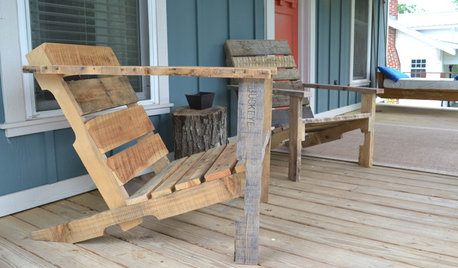
WOODWORKINGBuild Your Own Wooden Deck Chair From a Pallet — for $10!
Take the ecofriendly high road with a low-cost outdoor chair you make yourself
Full Story
HOUSEPLANTS8 Essentials for Healthy Indoor Plants
Houseplants add so much to our homes — and can thrive when grown in the right conditions. Keep these tips in mind
Full Story
FEEL-GOOD HOME12 Very Useful Things I've Learned From Designers
These simple ideas can make life at home more efficient and enjoyable
Full Story





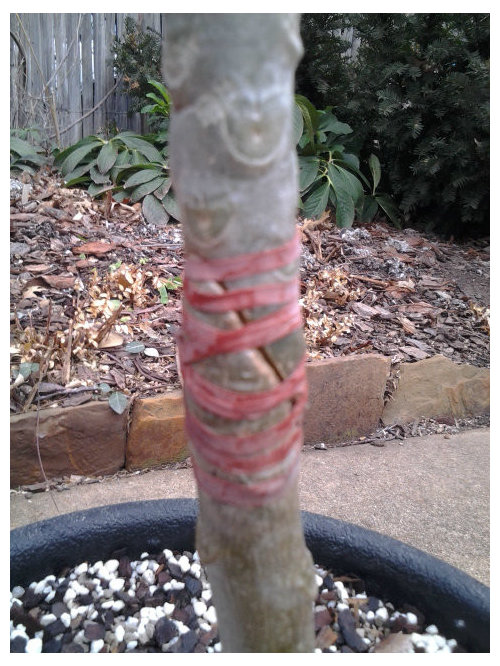
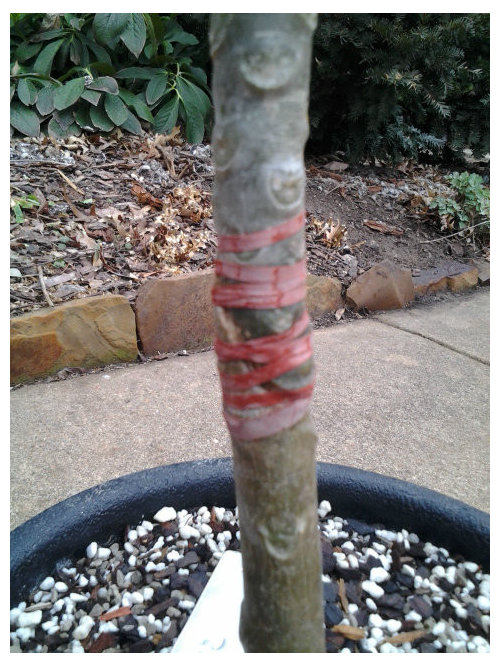
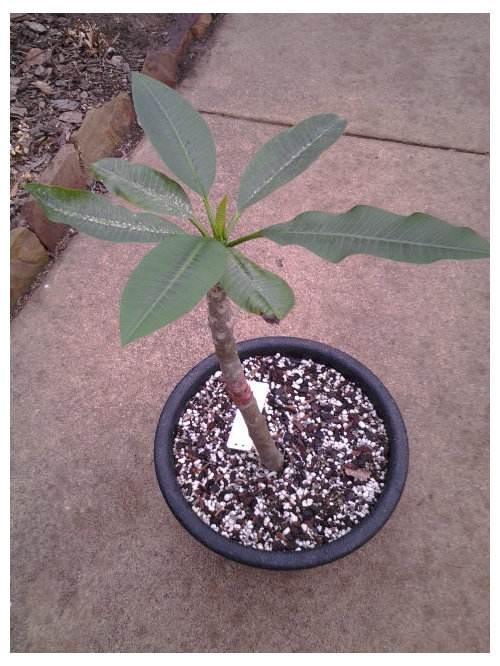
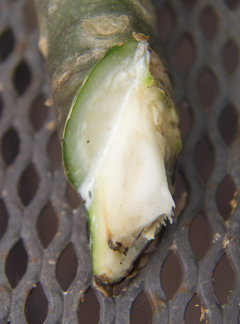
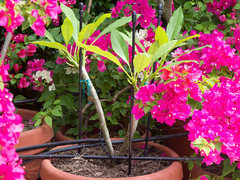
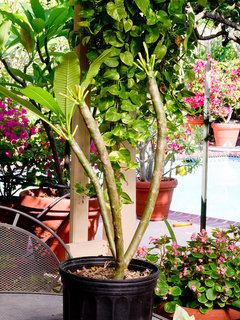
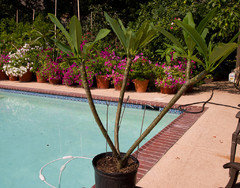
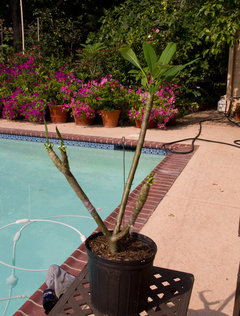
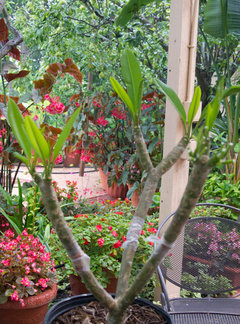

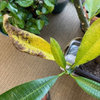
citizen_insane